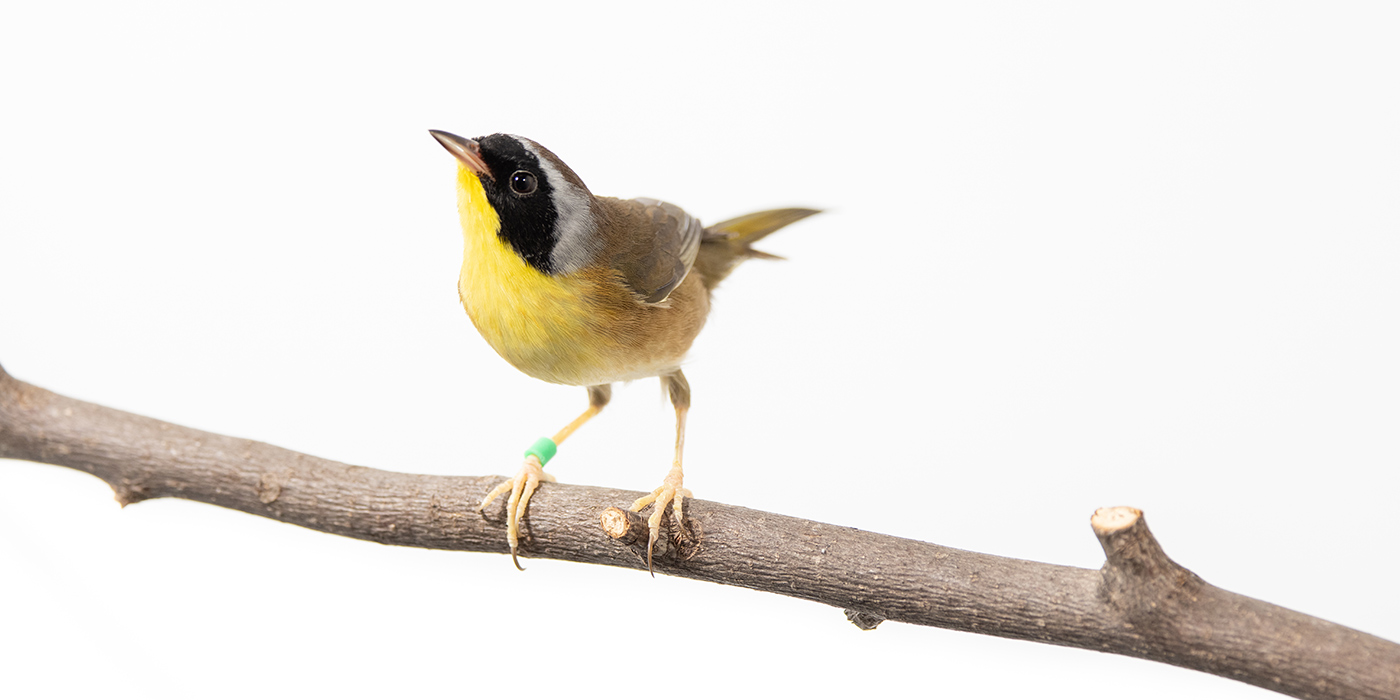
Birds would benefit if we reconsidered our relationship with both coffee and the montane forest ecosystems throughout the world’s coffee-growing regions. The expanding field of agroforestry provides a way forward. Agroforestry infuses agriculture — an exclusively human activity — with something a bit wilder: the forest ecosystems surrounding farms.
Take the case of birds and coffee: when farmers maintain native trees and forest on their coffee farms, birds return the favor by feasting on insects, including coffee pests like the coffee berry borer. This natural cycle can reduce the need for costly and harmful pesticides. Conserved and planted trees also cycle nutrients for healthy soils, decreasing the need for fertilizers and helping to make landscapes more resistant to drought. Agroforestry even champions the use of certain wastes as fertilizers, like the coffee husks left behind after coffee beans are processed and ready to roast.
Coffee agroforestry systems sustain both birds and humans: birds find more food, farmers spend less to manage coffee, and surrounding communities receive cleaner water and air. Just like nature itself, the efficiency and interdependence of these agroecosystems are a marvel.
The Smithsonian Migratory Bird Center has long championed the simple idea that birds matter. When we take care of birds, we take care of the interconnected natural systems that we all depend upon for survival. In the late 1990s, we developed the Bird Friendly® coffee certification to empower coffee growers and coffee drinkers to live bird-friendly lifestyles. Every purchase of Bird Friendly coffee supports a coffee farmer who maintains trees for birds on their farm.
Today, you can browse nearly 150 Bird Friendly® certified coffees online, representing over 35,000 acres of Bird Friendly farm land from Guatemala to Ethiopia to Thailand. Recently, we have started to connect with other initiatives working to make the world better for birds and people, from bird-friendly beef and maple syrup to architecture and rice. We are even paving the way for one of the sweeter bird-friendly treats: chocolate.
Letting our tidy, human lives become a bit wilder goes beyond drinking Bird Friendly coffee. You can live bird friendly by replacing manicured lawns with native plants, keeping your cats indoors, and covering your windows at night. These and other simple actions protect birds and ensure they can find food as they can continue their incredible migratory journeys. This World Migratory Bird Day, let’s get out there and witness migratory birds passing through our neighborhoods. And let’s embrace our wilder sides, so we can continue to enjoy birds and biodiversity for generations to come.
Scott Sillett is a research wildlife biologist and head of the Smithsonian Migratory Bird Center. Ruth Bennett is a research ecologist for SMBC’s Bird Friendly® coffee certification program, and Justine Bowe is the program’s manager.
"bird" - Google News
May 05, 2021 at 08:20PM
https://ift.tt/2QNrZHT
How to Drink—and Live—Bird Friendly | Smithsonian's National Zoo - Smithsonian's National Zoo and Conservation Biology Institute
"bird" - Google News
https://ift.tt/2s1zYEq
https://ift.tt/3dbExxU
Bagikan Berita Ini














0 Response to "How to Drink—and Live—Bird Friendly | Smithsonian's National Zoo - Smithsonian's National Zoo and Conservation Biology Institute"
Post a Comment